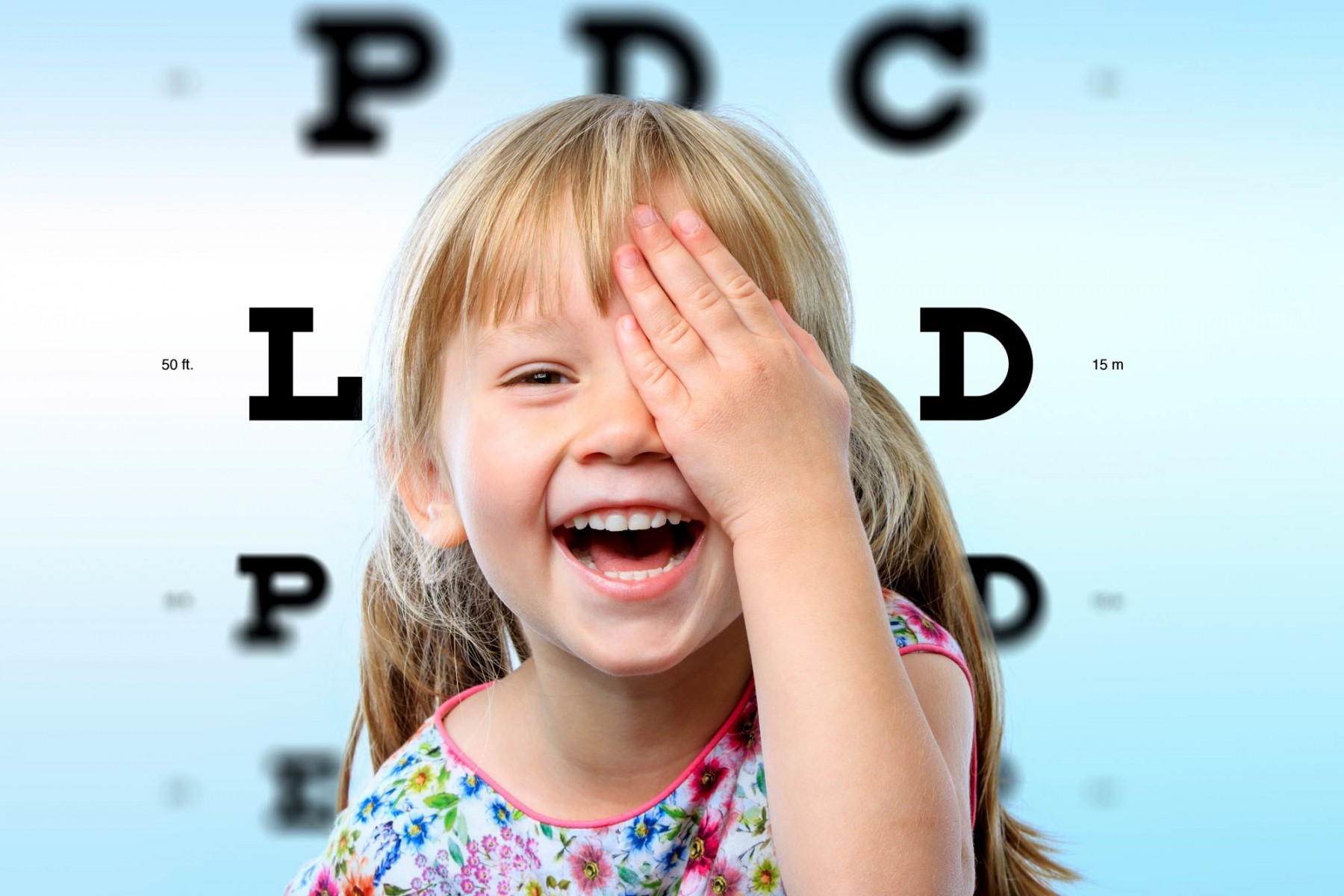Child Vision – Your child’s sight is precious

Your child’s sight is precious. Good vision helps them to learn, play and communicate with the world around them.
Yet, there are around one million children in the UK with undetected vision problems. Children’s eyes continue to develop until they reach the age of eight, so caring for a child’s eyes in the early years can help lay the foundations for good vision that lasts a lifetime.
There are lots of simple things that you can do to help keep kids’ eyes and vision healthy. Essential eye checks.
Having regular sight tests – annually for under eights and every two years thereafter (unless you’re advised otherwise by your optometrist) is a great place to start.
Sight tests will ensure any problems such as childhood conditions like squint and amblyopia (lazy eye) or myopia (short-sightedness) are picked up early. The sooner problems are identified the better the treatment outcome.
Remember sight tests are free on the NHS for all children under 16 years.
Eat a rainbow
Eating a rainbow of colourful fruit and vegetables helps ensure young eyes get the nutrients they need to grow healthily. Foods like tomatoes, melon, grapes and blueberries as well as fish, chicken, eggs and whole grains are packed with eye–friendly nutrients.
Tops tips for fussy eaters
- Swap chips for sweet potato wedges
- Use a cookie cutter to cut out fish shaped pieces of cod fillet or tuna steak
- Bake some kale crisps – rub a little olive oil on clean dry kale leaves and bake in a moderate oven for 10 to 12 mins
- Make rainbow fruit kebabs using raspberries, strawberries, orange segments, cubes of peeled mango, pineapple chunks, cubes of peeled kiwi, green and red grapes plus a couple of blueberries
Be safe in the sun
It’s also really important to protect your eyes from the sun. When you’re young the lens at the front of your eye is really clear and lets more of the damaging sunlight inside.
So here’s 10 ways you can stay safe in the sun.
- Protect your eyes whenever the UV Index rises to three or more. For comfort you may also wish to wear eye protection on bright days when the UV Index is below three.
- Make sure your eyes and the area around your eyes is fully covered. Large lenses and wrap-around styles provide the greatest protection. Visit the Met Office or BBC Weather websites for information on UV levels.
- Wear sunglasses with a CE; UV 400 or British Standard Mark as this ensures they provide adequate UV protection.
- Never wear toy sunglasses. These offer little UV protection and can actually cause more damage because the tinted lenses dilate the pupil allowing more UV to enter the eye.
- If you wear glasses or contact lenses, check your lenses provide UV protection.
- Wear a hat, cap or visor for added protection.
- Sit or play in the shade.
- Stay out of the sun between 12pm and 3pm when the sun’s rays are strongest. Up to 50% of the total daily UV is emitted between these times!
- Never look directly at the sun.
- Remember the shadow rule… If your shadow is taller than you are your eyes are at greatest risk from UV exposure as your brow bone no longer offers natural protection.






